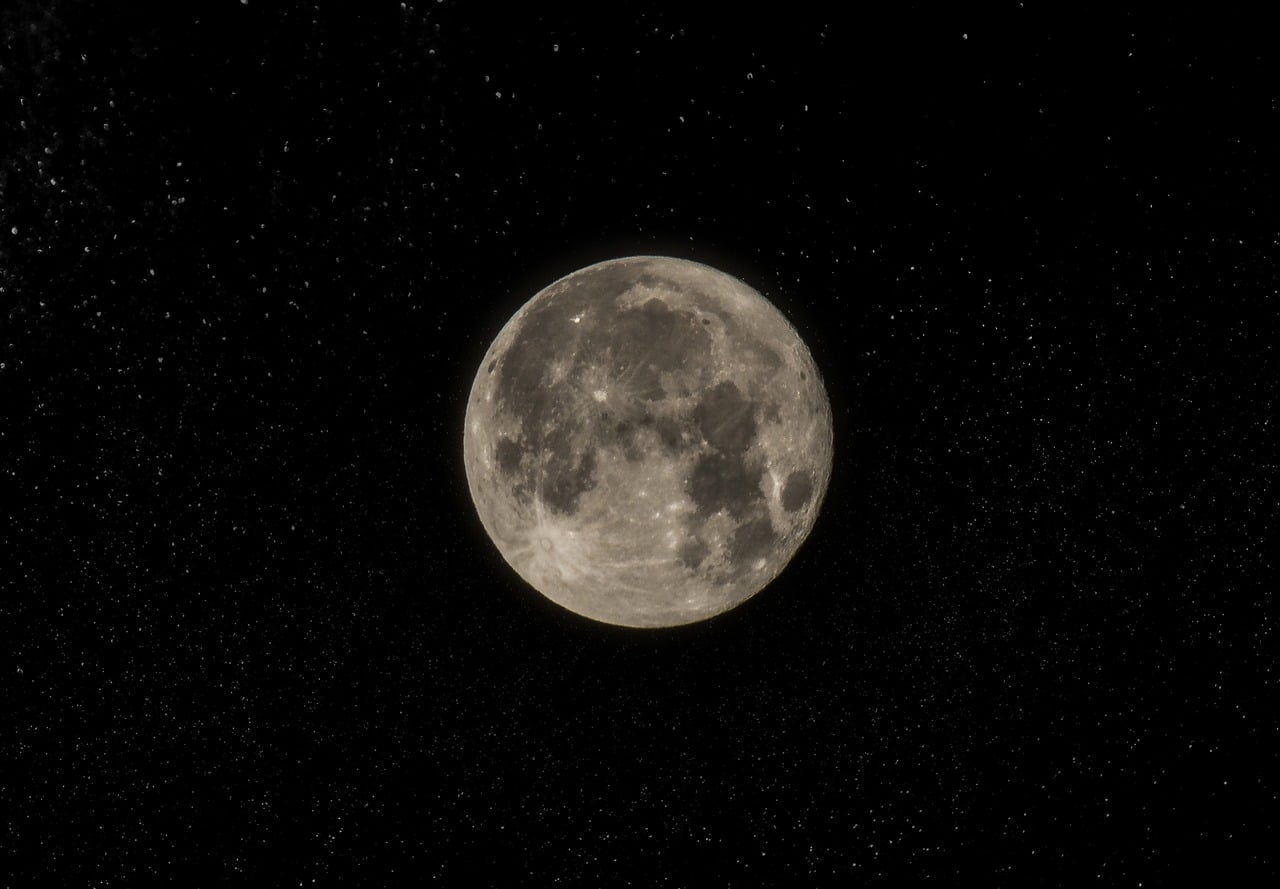Many scientists have spent decades determining the true origin of the moon and how it was formed. Scientists proposed several explanations as to how Earth’s natural satellite formed, but no theory has sufficed. Now scientists at the University of Cologne suggest the moon is older than previously thought. They estimate that it formed 50 million years after the solar system was born.
Researchers at the University of Cologne’s Institute of Geology and Mineralogy say they have determined the new constraints of the moon’s age. The new study suggests the moon is older than previously thought. Previous research suggested that the moon was formed 150 million years after the solar system’s formation.
Scientists used several methods to estimate the chemical composition of the moon samples collected during the Apollo missions. Their findings were published in the journal Nature Geoscience. They gained a lot of insight into the composition of the moon and its other properties thanks to the Apollo missions. Its true age is also important for modeling the evolution of the early solar system.
“By comparing the relative amounts of different elements in rocks that formed at different times, it is possible to learn how each sample is related to the lunar interior and the solidification of the magma ocean,” Dr. Raúl Fonseca from the University of Cologne (UoC) said in a statement.
Fonseca studies processes that occurred in the moon’s interior in laboratory experiments with his colleague Dr. Felipe Leitzk.
One of the most widely-accepted theories about the moon’s formation suggests that the moon is the result of a collision of a Mars-sized body and the early Earth, causing it to be formed from a dense dust and gas cloud and eventually adapt to an orbit around Earth. The moon is believed to have been covered in oceans of magma in its early days.
“These rocks recorded information about the formation of the Moon, and can still be found today on the lunar surface,” lead author and former UoC researcher Dr. Maxwell Thiemens said.
To determine that the moon is older than previously thought, scientists focused on the close connection between elements such as hafnium, uranium and thungsten to understand how much melting may have occurred on the moon before its rocks formed. They also focused on how basalts (black regions on the lunar surface) formed.
Studying these rocks on the moon is important because they show how the natural radioactive clock of the isotope hafnium-182 works as it decays into tungsten-182. They estimate that this natural decay happened during the first 70 million years of the solar system. After comparing the information about hafnium and tungsten to measurements from the Apollo samples, scientists estimated that the moon’s formation started as early as 50 million years after the solar system formed.
“This age information means that any giant impact had to occur before that time, which answers a fiercely debated question amongst the scientific community regarding when the Moon formed,” senior author Dr. Carsten Münker of the UoC’s Institute of Geology and Mineralogy said.





